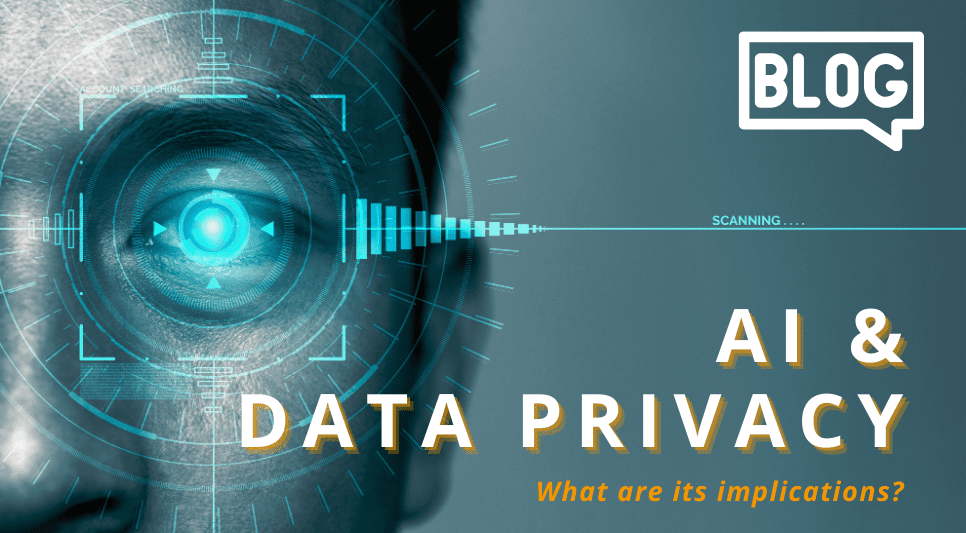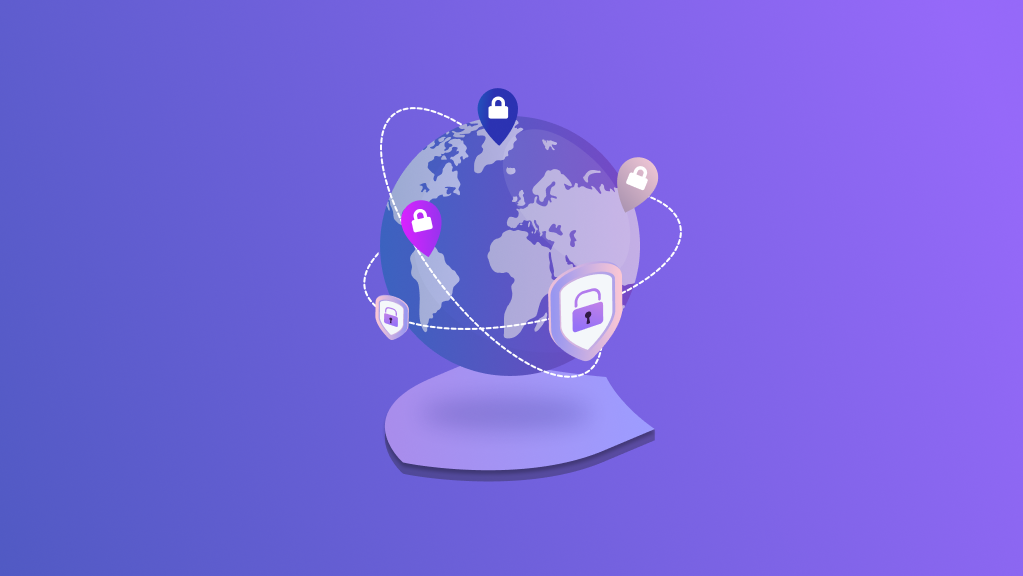AI Data Privacy has become one of the most urgent concerns of our digital age, especially in 2025 where artificial intelligence touches nearly every part of our lives. From personalized ads to smart assistants and predictive health tools, AI constantly collects, analyzes, and learns from our personal data. But as convenience grows, so do the questions: Who owns this data? How is it used? And are we truly in control? In this evolving landscape, understanding AI Data Privacy is no longer optional, it’s essential for protecting our digital identities.
How AI Uses Your Data

AI systems learn from data. The more data they have, the better they become at recognizing patterns, making predictions, and adapting to your behavior. But that often means:
-
Voice assistants analyzing your speech patterns and preferences
-
Social media platforms tracking your engagement to refine content algorithms
-
Smart home devices logging your routines and habits
-
Health apps storing sensitive biometric information
-
Generative AI models trained on public (and sometimes private) user content
In many cases, the data collected isn’t just what you provide — it’s inferred. AI can guess your mood, political views, shopping habits, even your likelihood of switching banks.
The Big Trade-Off: Convenience vs. Privacy

AI offers incredible benefits: smarter services, tailored experiences, and frictionless convenience. But the cost is often invisibility — data is collected in the background, without explicit consent or understanding.
Here’s the core dilemma:
The more an AI knows about you, the more helpful it becomes — but the less private your life is.
Most users accept this trade-off without realizing its scope. According to recent surveys, over 70% of users feel they’ve lost control over their personal information online.
Who’s Collecting Your Data?

It’s not just the apps you use — it’s a complex ecosystem of platforms, third-party partners, and data brokers. Your data can pass through:
-
Big Tech companies (Meta, Google, Amazon, Apple, Microsoft)
-
AI startups offering productivity or entertainment tools
-
Advertising networks tracking behavior across websites
-
Third-party APIs integrated into the apps you use
-
Cloud providers that store training datasets
Even companies that promise privacy may share or sell anonymized data — which can often be de-anonymized using AI.
Data Rights Around the World

Fortunately, regulation is catching up. Here’s where major regions stand in 2025:
European Union (EU)
-
GDPR remains the global gold standard.
-
New AI Act mandates transparency in AI models, including data usage logs and opt-out features.
United States
-
Patchwork approach: Some states like California (with CPRA) offer robust rights, but no federal standard yet.
-
Growing pressure on AI companies to disclose training data and offer deletion rights.
India, Brazil, and Others
-
Emerging data protection laws aim to give users more control but face enforcement challenges.
Still, many users aren’t fully aware of their rights — or how to exercise them.
What You Can Do: 7 Practical Steps to Take Back Control
While full privacy in a digital world is unrealistic, you can take meaningful steps to protect your data:
1. Review AI Tool Settings
Turn off unnecessary data sharing in your apps and devices. Many tools let you limit data collection — but it’s buried in settings.
2. Use Privacy-Focused Alternatives
Choose search engines like DuckDuckGo, messaging apps like Signal, and browsers like Brave.
3. Clear Permissions Regularly
Revoke app permissions you don’t use — especially for location, microphone, and camera access.
4. Opt Out of Data Sales
Some laws let you tell companies “do not sell my data.” Use tools like Privacy Rights Clearinghouse or Jumbo to manage requests.
5. Stay Informed on AI Usage
Read privacy policies (or use summaries like TLDRLegal) to understand if AI is involved in analyzing your behavior.
6. Push for Transparency
Support tools and policies that require companies to disclose how their AI works and what data it uses.
7. Use AI Responsibly
Even when using generative AI tools (like ChatGPT, image generators, or transcription software), be cautious about uploading sensitive personal content.
The Future of Data Privacy in AI
The next few years will determine whether AI enhances freedom — or erodes it.
Expect to see:
-
AI labeling laws requiring clear disclosure of AI-generated content
-
Consent-by-design approaches that center user control from the start
-
Encrypted AI assistants that process data on-device (not in the cloud)
-
Privacy-preserving machine learning that doesn’t require raw user data
Tech companies that prioritize trust and transparency will shape the next chapter of AI adoption.
Final Thoughts
As AI continues to evolve, data privacy and gadgets must evolve with it. The challenge isn’t just technical it’s ethical, legal, and personal.We can’t afford to treat privacy as an afterthought. In an AI-powered world filled with smart gadgets, your data is your power and understanding how it’s used is the first step to reclaiming control.


